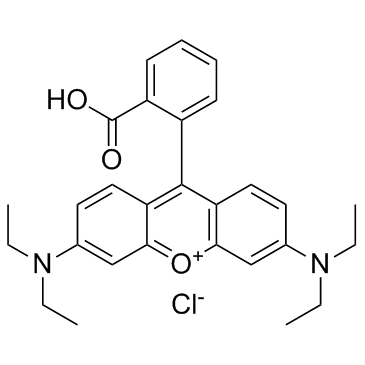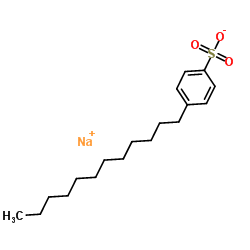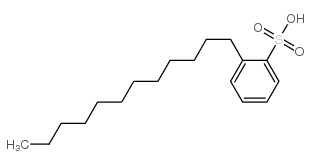| Structure | Name/CAS No. | Articles |
|---|---|---|
 |
Rhodamine B
CAS:81-88-9 |
|
 |
PPY 12
CAS:30604-81-0 |
|
 |
sodium dodecyl benzene sulfonate
CAS:25155-30-0 |
|
 |
Dodecylbenzenesulphonic acid
CAS:27176-87-0 |